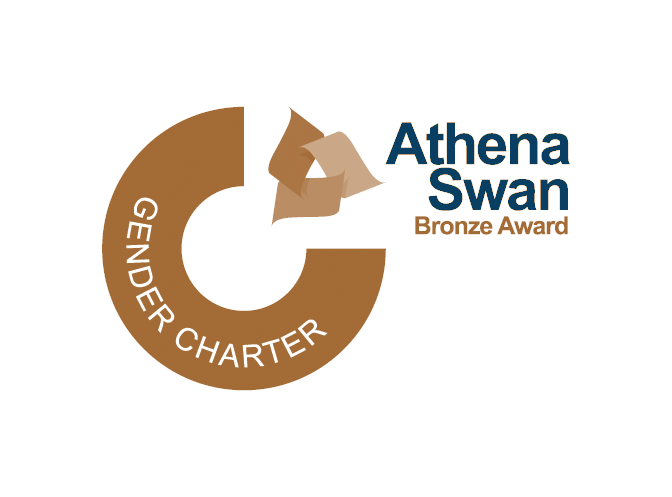An alumnus of "the very first Masters in Computer Science Course" in 1966-67 credits it with equipping him with the skills that have taken him into a career in tennis game management and scoring technology.
Stephen Parry's company and its technology was acquired by FlightScope whose new electronic line-calling system has met the criteria set by a committee of representatives of the ITF, ATP, WTA and Grand Slam tournaments to be used in reviewing decisions made by on-court officials on hard courts. The announcement of this was made in May 2020.
After passing a rigorous series of tests, FlightScope became the third electronic line-calling system to have met the criteria set by the committee, following Hawk-Eye Officiating in 2005 and FOXTENN in 2016.
Stephen Parry's route into tennis-scoring technology was more by accident than design. He was "lucky enough" to be taught here by "the wonderful Messrs Wilkes, Hartley, Barron, Wiseman, Matthewman and Miller et al", he recalls. At school, he had already built a small 100 transistor device to add two 10 bit binary numbers together, so he had been delighted to be offered a place on the 1966 Diploma in Computer Science course.
On graduating he worked in London and Birmingham before then joining an American management consultancy in Paris. It was while working there, at a Telecomms client, that microcomputers began to become available in the hobby shops. And one day, while chatting in the client's canteen, the IT boss suggested the perfect microcomputer application: designing, building and Installing a scoring system for the French Tennis Open Championships in Paris.
"Thinking at it today, this was one amazing situation," Stephen says. "No internet, only serial cable interfaces, no Google for support, no world wide web, no product, no references, no software to place components on a printed circuit board nor simulate functionality prior to build, etc. But we were the only bidder/proposer. What I learnt very quickly was that the chief referee for the championships was my client's bridge partner, so 'client relations' were handled by him."
Fortunately, the system worked. "Wimbledon asked to have a similar installation," Stephen adds,"so the product (Referees Office System 1.0) was born, and a company was formed." In 1991, he got together with electronics engineer Henri Johnson, founder of FlightScope and they joined forces.
In June 2001, their tennis radars measuring the speed of serve were used for the first time at the Queen’s Club tournament and in January 2002, all ATP/WTA events worldwide started using the same management and scoring software, designed and developed by FlightScope.
Stephen is now retired. "But despite that, I still help colleagues all over the world - though it's a relief not to have to do the travelling anymore, given that we do the scoring of all professional tennis all over the world, and now the line-calling as well."

